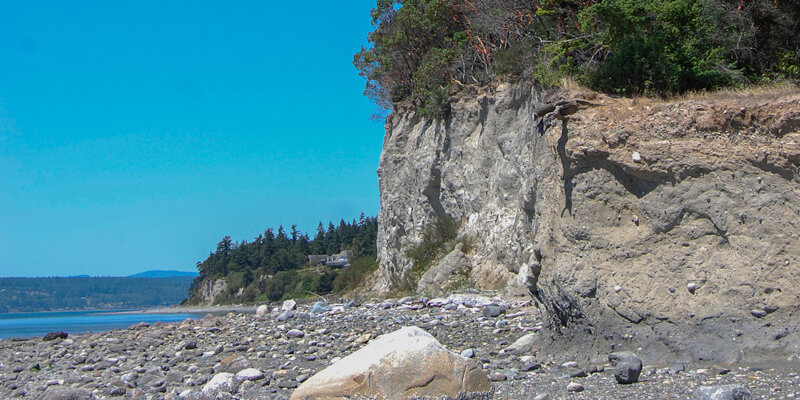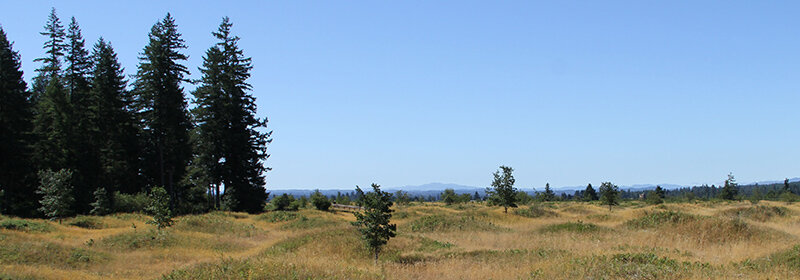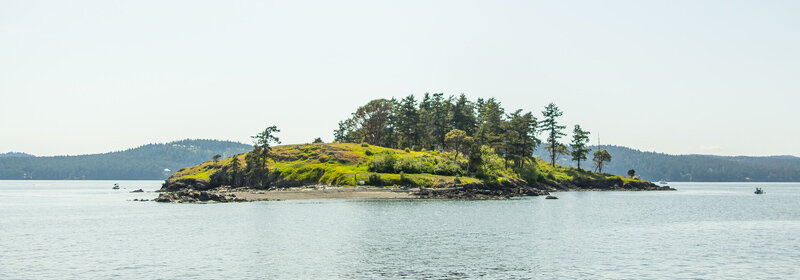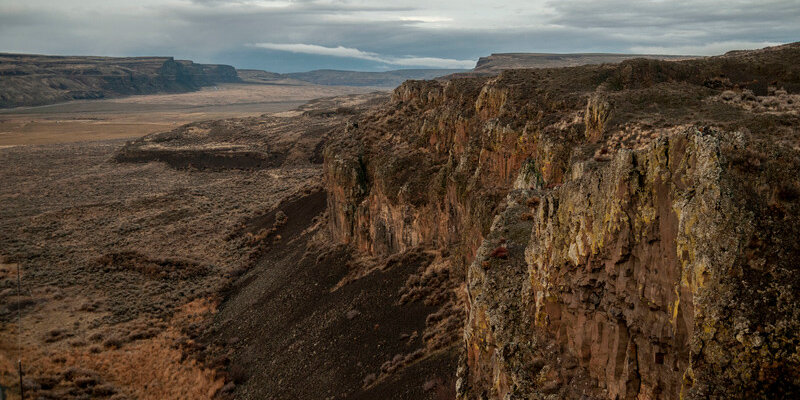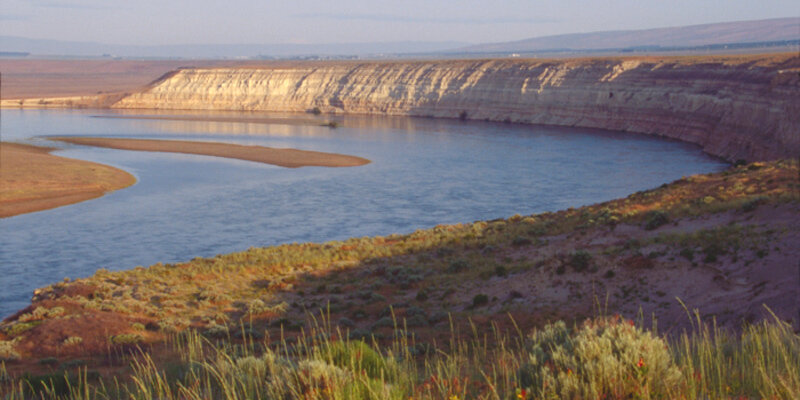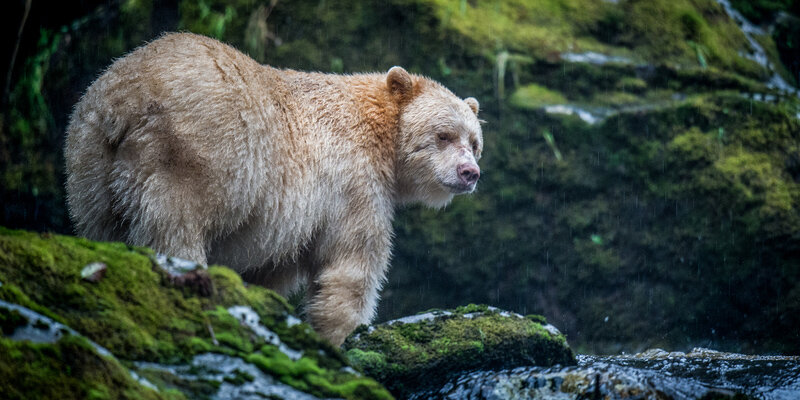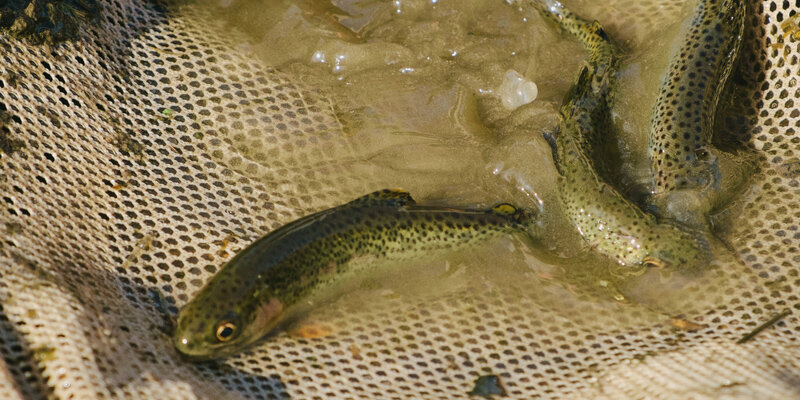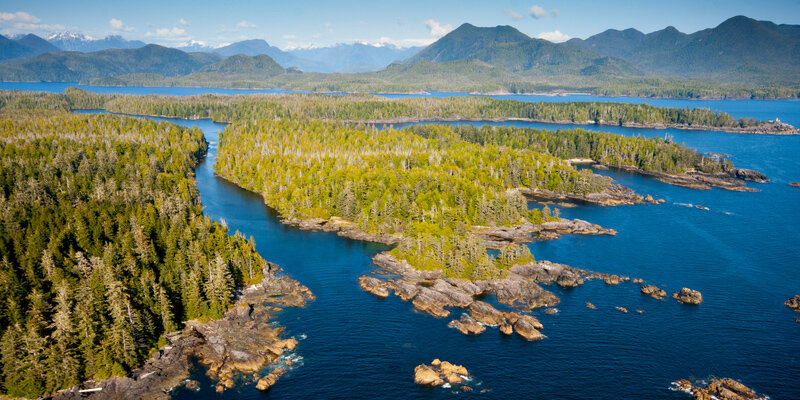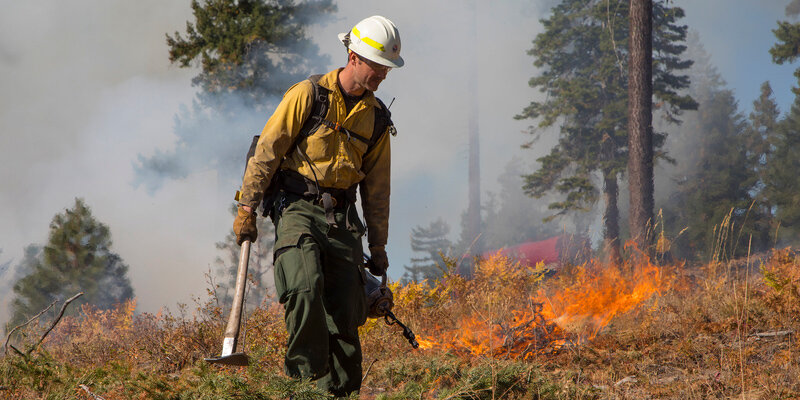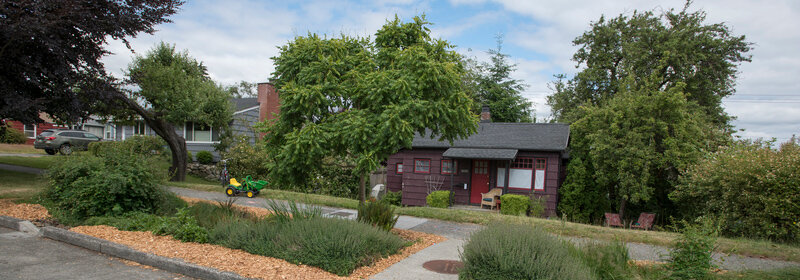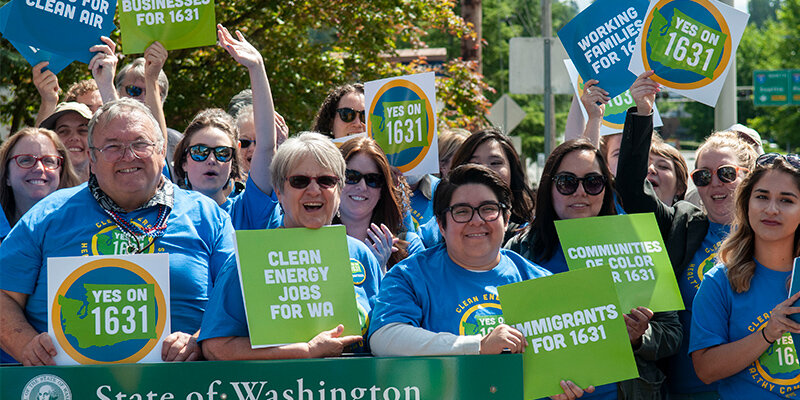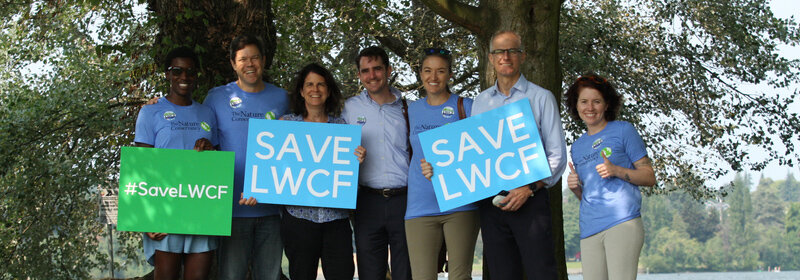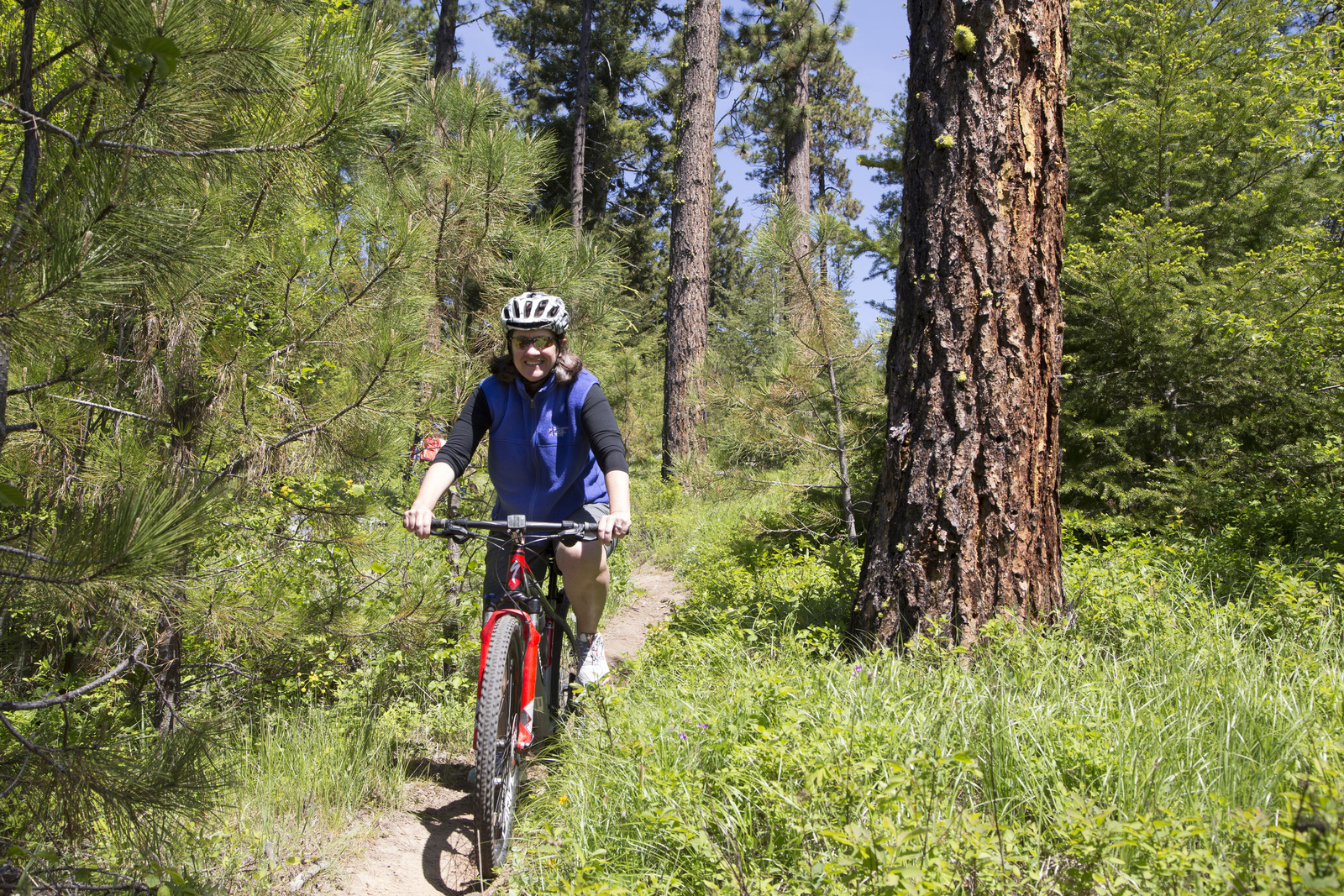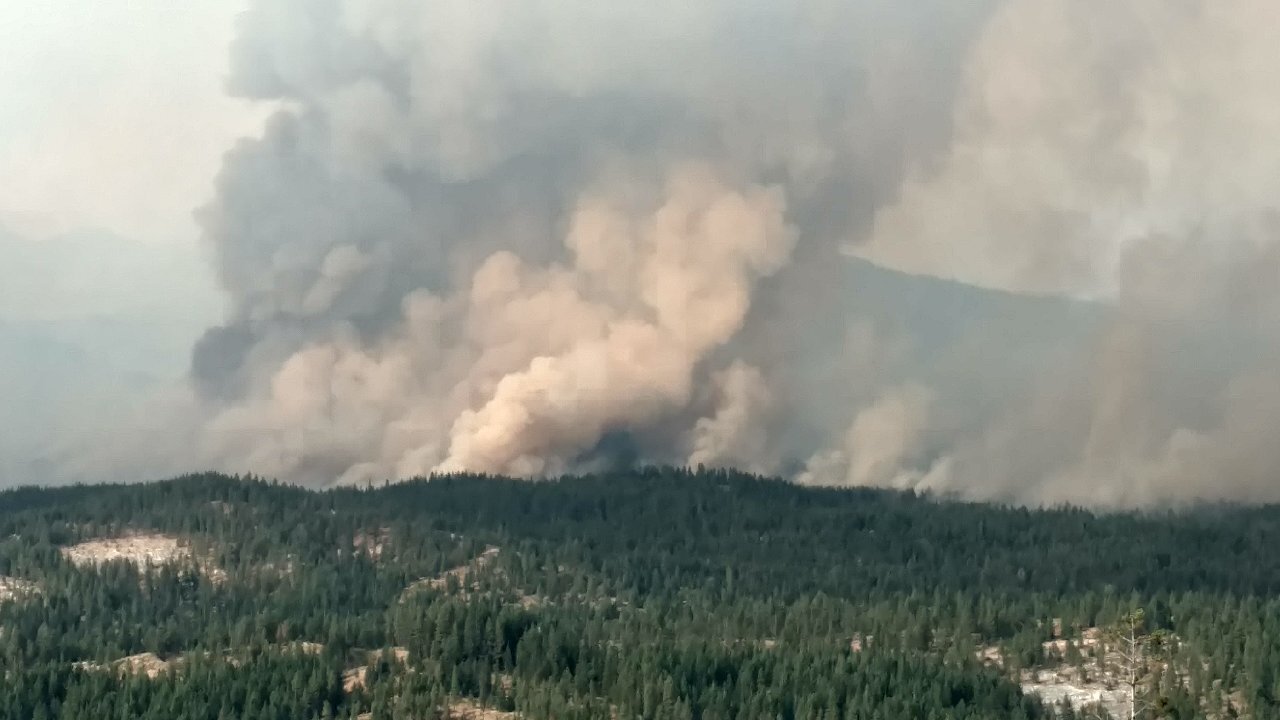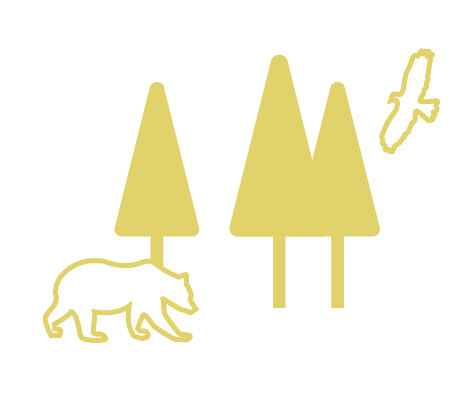Dear friends,
As we mark six decades in Washington, I’m reflecting on growth and hope. Planting a seed is an exercise in hope. Some growth lasts a season, but some seedlings yield a longer perspective, from decades to centuries. When you plant a tree, for example, you ground your optimism, and you place trust in time.
In the 1960s, we started with a strategy to preserve Washington’s special places. Along the way, we researched, learned, collaborated, and grew. We expanded our focus to the health of people alongside nature, a strategy that will be pivotal as we focus on the challenges of climate change.
As we mark 60 years, we reflect on the growth that has brought us here. But we also look to a prosperous future where people and nature thrive together. With your support, we will continue to turn our optimism into action.
Sincerely,
Mike Stevens, Washington State Director
Anniversary Essays
Explore the perspectives, lessons and pivotal partnership that have informed and activated our approach to conservation across the decades and across Washington.












